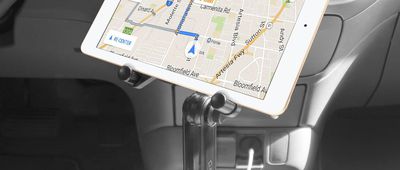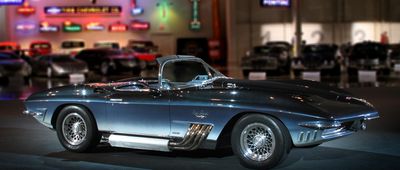The Road to the Future is Paved
We’ve come a long way from the first autos with vehicles that are now far, far safer and smarter than their predecessors. Innovations such as automatic emergency braking, land-departure, and blind-spot warnings, rear-view-assist cameras, and adaptive headlights are now standard equipment on many models, along with ever-evolving improvements in airbag technologies. What’s likely to be in your next car? Here are a few ideas for what might be waiting in your future ride.
Related: Tail Fins, Hood Ornaments, and Other Classic Car Features You Don't See Anymore




























